Ins and outs of Persian carpets
Persian Carpets, also known as Persian rugs, are renowned worldwide for their beauty, craftsmanship, and cultural significance. Ins and outs of Persian carpets They are woven in various regions of Iran, each with its unique styles and traditions. Here are some key aspects, or \”ins and outs,\” of Persian carpets:
1. Materials and Weaving Techniques:
- Materials: Persian carpets are typically made from high-quality wool, silk, or a combination of both. Wool is the most common material and is known for its durability and vibrant colors. Silk is used for more luxurious and fine rugs.
- Weaving Techniques: Persian silk carpet are handwoven using traditional techniques. The two primary methods are the asymmetrical (Persian) knot and the symmetrical (Turkish) knot. The density of knots per square inch can vary, affecting the rug’s quality and detail. Ins and outs of Persian carpets Persian Carpets, also known as Persian rugs, are renowned worldwide for their beauty.
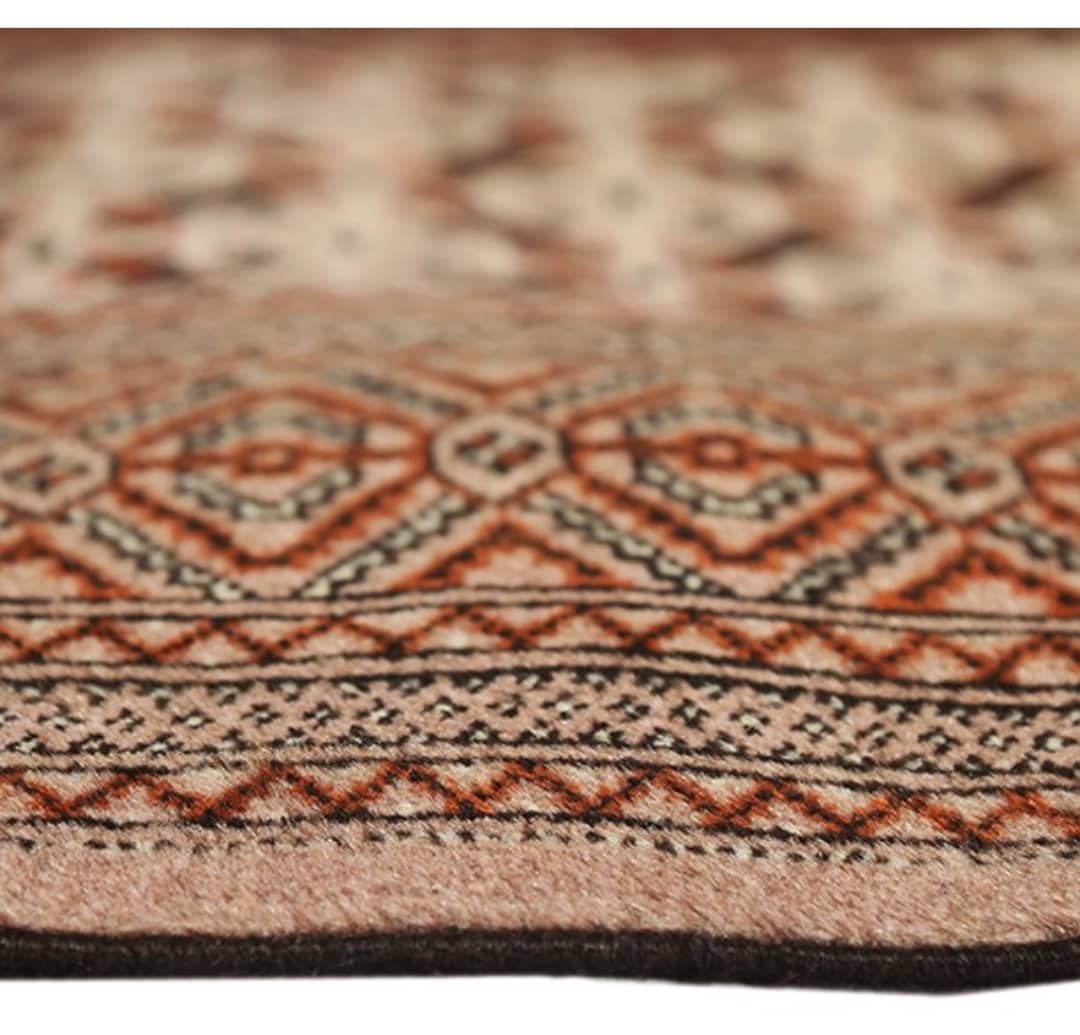
2. Regions and Styles:
- Regional Variations: Different regions in Iran produce distinct styles of Persian carpets, each with its designs, colors, and motifs. Some famous carpet-producing regions include Tabriz, Isfahan, Kashan, Nain, Kerman, and Shiraz.(handmade carpet)
- Design Elements: Persian carpets often feature intricate floral motifs, geometric patterns, medallions, and pictorial scenes. The choice of design elements can be influenced by the weaver\’s cultural and regional background.
Click to buy a silk carpet combining machine and handwork machine carpets.
3. Knot Density and Quality:
- Knot Density: The number of knots per square inch (or knot count) is a crucial factor in determining the quality of a Persian pictorial carpets . Higher knot density usually indicates finer craftsmanship and more intricate details.
- Fine Details: Expert weavers can create incredibly fine details in Persian carpets, even replicating complex images, landscapes, and historical scenes.
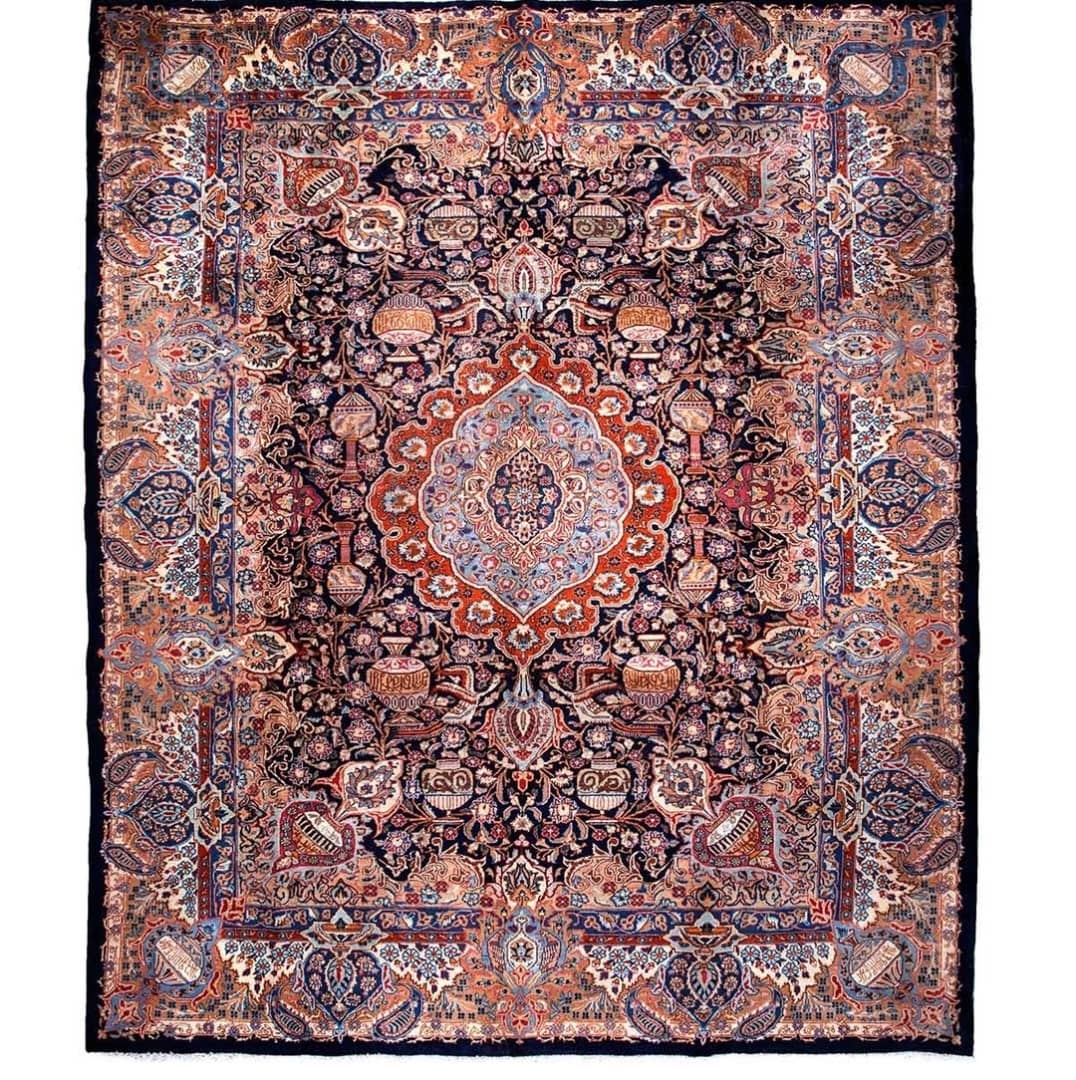
4. Rug Sizes:
- Persian carpets come in various sizes, from small prayer rugs to large room-sized rugs. The size of the rug can influence its intended use and value. Ins and outs of Persian carpets Persian Carpets, also known as Persian rugs, are renowned worldwide for their beauty
5. Colors and Dyes:
- Natural Dyes: Traditional Persian handmade carpets often use natural dyes derived from plants, insects, and minerals. These dyes can create rich and enduring colors that age gracefully.
- Color Symbolism: Colors in Persian carpets can carry symbolic meanings. For example, red may represent bravery, while blue symbolizes spirituality.
6. Knot Types:
- Persian carpets can use either Persian knots (single-loop knots) or Turkish knots (double-loop knots). The choice of knot type can affect the appearance and texture of the rug.

7. Cultural Significance:
- Persian carpets are deeply woven into the cultural fabric of Iran. They are often used in religious ceremonies, special occasions, and as heirlooms passed down through generations. Ins and outs of Persian carpets Persian Carpets, also known as Persian rugs, are renowned worldwide for their beauty
8. Collectibility and Value:
- Antique and rare Persian carpets can be highly collectible and valuable. Factors influencing value include age, condition, knot density, design, and provenance.
9. Maintenance and Care:
- Proper care and maintenance are essential to preserve the beauty and longevity of Persian carpets. Regular cleaning, rotation, and protection from direct sunlight are recommended.
10. Authentication and Certification:
- Reputable dealers and auction houses often provide certificates of authenticity and appraisals for Persian carpets, helping buyers verify their origin and value.
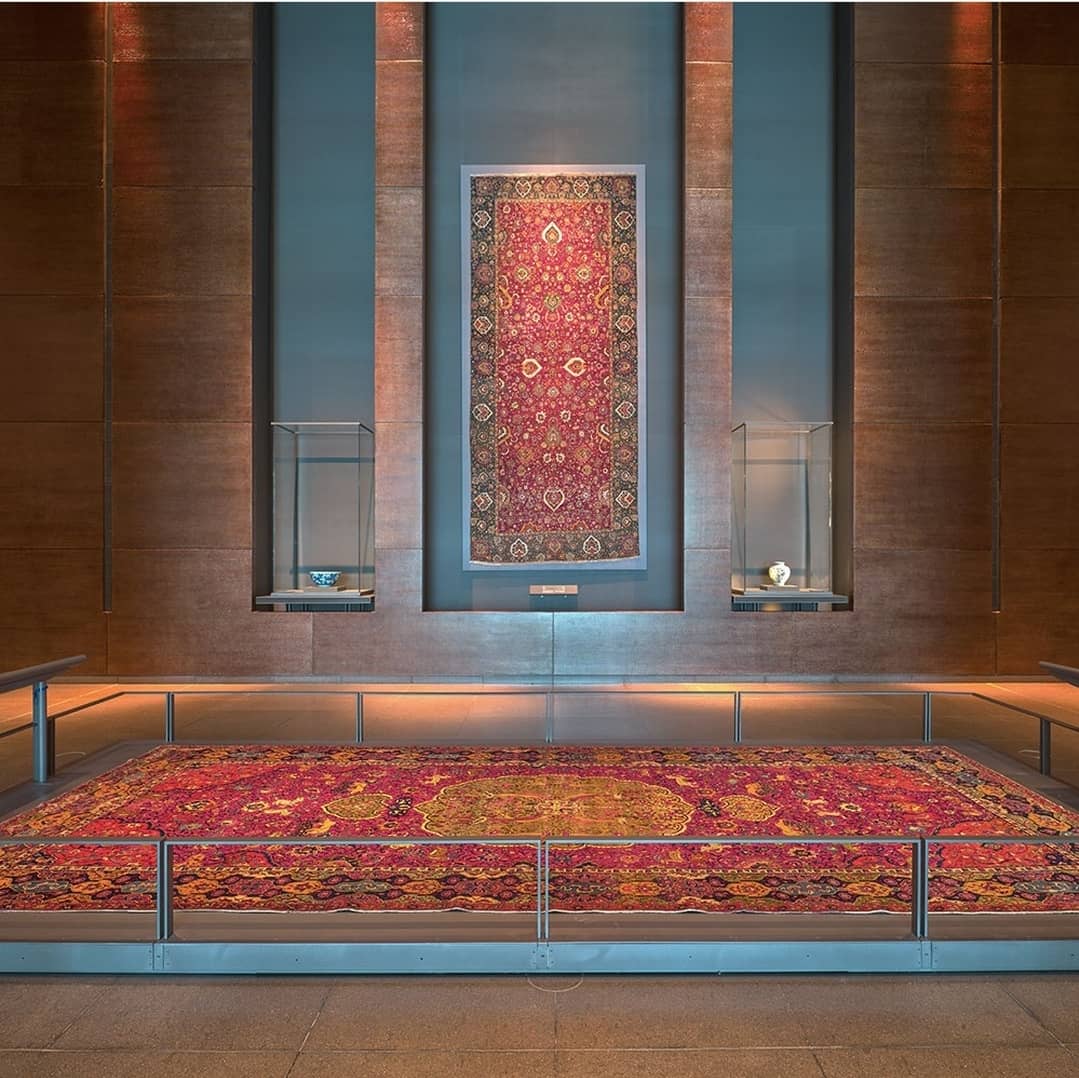
In summary, Persian carpets are more than just floor coverings; they are intricate works of art that represent the skill, history, and culture of Iran. Their value extends beyond aesthetics, making them a cherished part of homes, ceremonies, and collections around the world.
Mistakes in documents on the history of Iranian carpets in the world outs Persian carpets
While documents and historical accounts related to Iranian carpets are generally well-documented and reliable, errors and inaccuracies can sometimes occur due to various reasons. Here are some common mistakes that can be found in documents related to the history of Iranian carpets in the world: Ins and outs of Persian carpets Persian Carpets, also known as Persian rugs, are renowned worldwide for their beauty
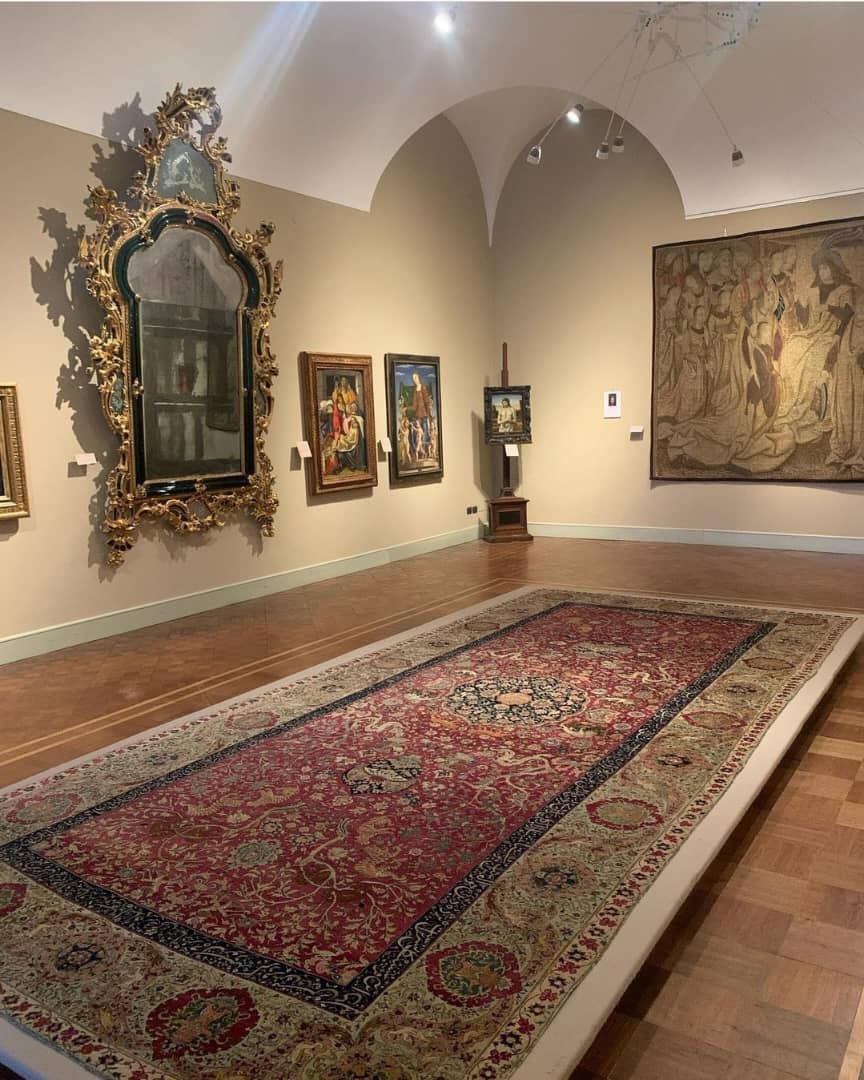
- Attribution Errors: Confusion or misattribution of the origin of carpets can occur. For example, a carpet produced in another region may be mistakenly labeled as Iranian, or vice versa.
- Historical Inaccuracies: Some documents may contain historical inaccuracies regarding the time periods or dynasties associated with specific carpet production. The dating of ancient carpets can be challenging and subject to revision.
- Design and Motif Misinterpretation: The interpretation of carpet designs and motifs can vary, leading to errors in their descriptions and meanings. What one person interprets as a specific symbol may be viewed differently by another.
- Provenance Errors: Provenance, or the documented history of a carpet\’s ownership, can sometimes be unclear or disputed. Mistakes in documenting a carpet\’s history may affect its value and authenticity.
- Mistaken Identifications: Carpets may be misidentified in documents due to similarities in design or style. This can lead to incorrect attributions of the carpet\’s origin.
- Language and Translation Issues: Errors in translation or language barriers can result in misunderstandings or inaccuracies in the documentation of Iranian carpets.
- Lack of Documentation: Some older or less well-known carpets may lack detailed documentation, making it challenging to establish their provenance and history accurately.
- Confusion of Carpet Types: Different types of carpets, such as Persian, Turkish, or Central Asian, may be confused with each other in written descriptions or historical accounts.
- Weaving Techniques: Misunderstandings about weaving techniques or materials used in specific carpets can lead to inaccuracies in their descriptions.
- Forgery and Reproductions: Mistakes can occur when authentic antique carpets are confused with modern reproductions or forgeries, which may be intentionally created to deceive collectors.
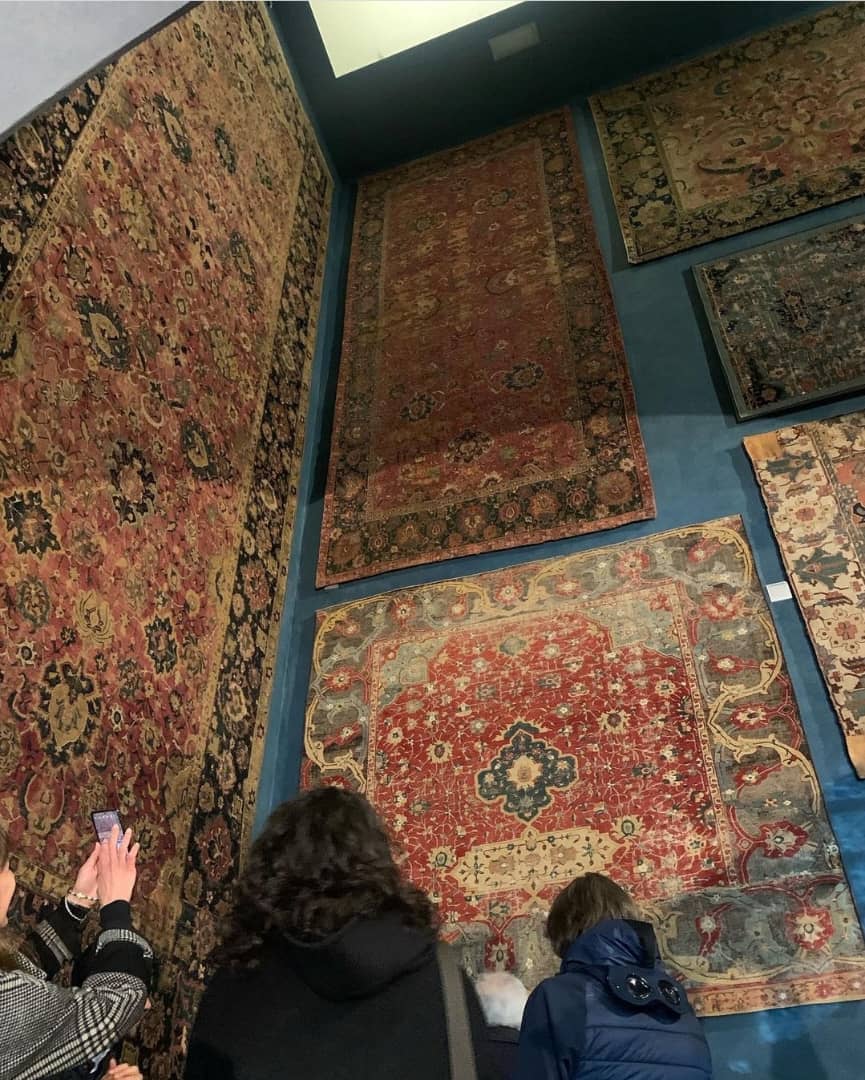
To mitigate these potential mistakes, researchers, historians, and collectors often rely on multiple sources of information, expert analysis, and scientific testing when studying and documenting Iranian carpets. Collaboration with experts in the field, access to reputable collections and archives, and the use of advanced technology for dating and analysis can help ensure the accuracy of historical documents related to Persian carpets. Ins and outs of Persian carpets Persian Carpets, also known as Persian rugs, are renowned worldwide for their beauty
